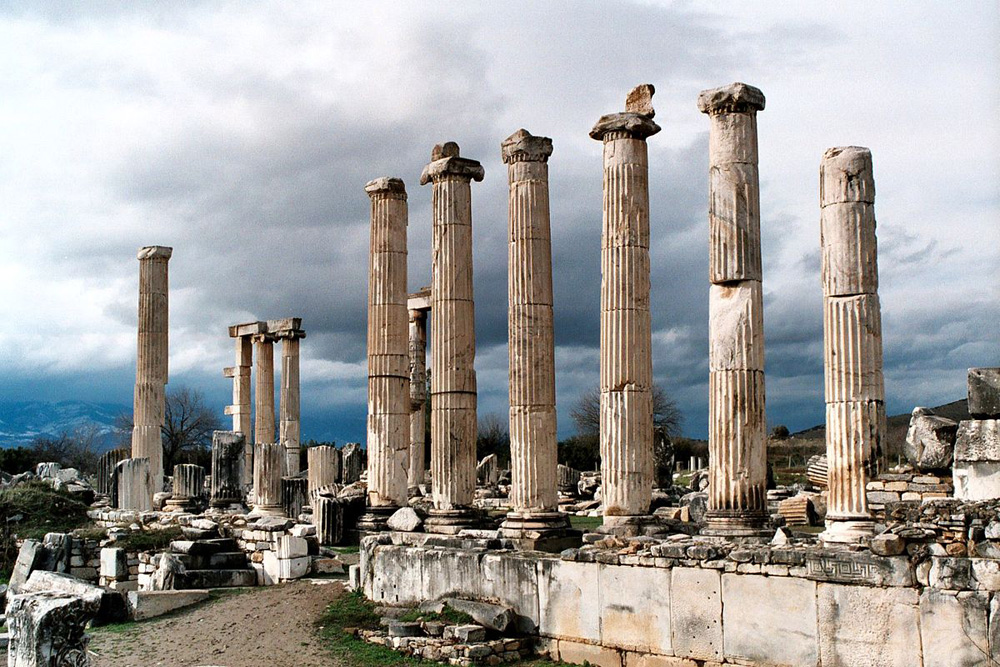The city, which was founded in the 5th century BC, developed during the Roman Empire, became an important art center, especially sculpture, between the 1st century BC and the 5th century AD, and became famous for the temple of Aphrodite and the ceremonies held in the name of Aphrodite.
The temple built for the city's goddess Aphrodite is the oldest marble building in the city. The boundaries of the sanctuary belonging to the temple were clear because of the right of asylum granted to this area. Inscriptions around the temple reveal that this privilege was first given by Julius Caesar and his successor, and later by the Roman Emperor Augustus.
Gaius Julius Zoilos, who is considered the founder of the temple, was honored with the title of Aphrodite priest during his lifetime.
Due to its location in the earthquake zone, the city of Aphrodisias has been severely affected by many earthquakes throughout its history. It is known that there were major earthquakes here, especially in the 4th and 7th centuries. The 4th century earthquake also changed the water flow channels in the area where Aphrodisias is located, making some parts of the city susceptible to flooding. Evidence of the evacuation system, which seems to have been built with urgency to solve the flooding problem, can still be seen today. After the earthquake in the 7th century, Aphrodisias never fully recovered and fell into disrepair.
While driving on the Aydın-Denizli highway with your personal vehicle, you can turn from the Kuyucak turn and reach here with the help of the signs. The Ancient City of Aphrodisias is 95 km from Aydın, 110 km from Denizli, 130 km from Pamukkale, 130 km from Ephesus, 140 km from Kuşadası and 220 km from İzmir.
Visiting Hours of the Ancient City of Aphrodisias
The Ancient City of Aphrodisias is open to visitors every day of the week between 08:00-19:00. It remains open until 17:00 during the winter season.
